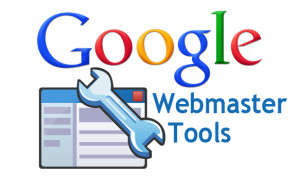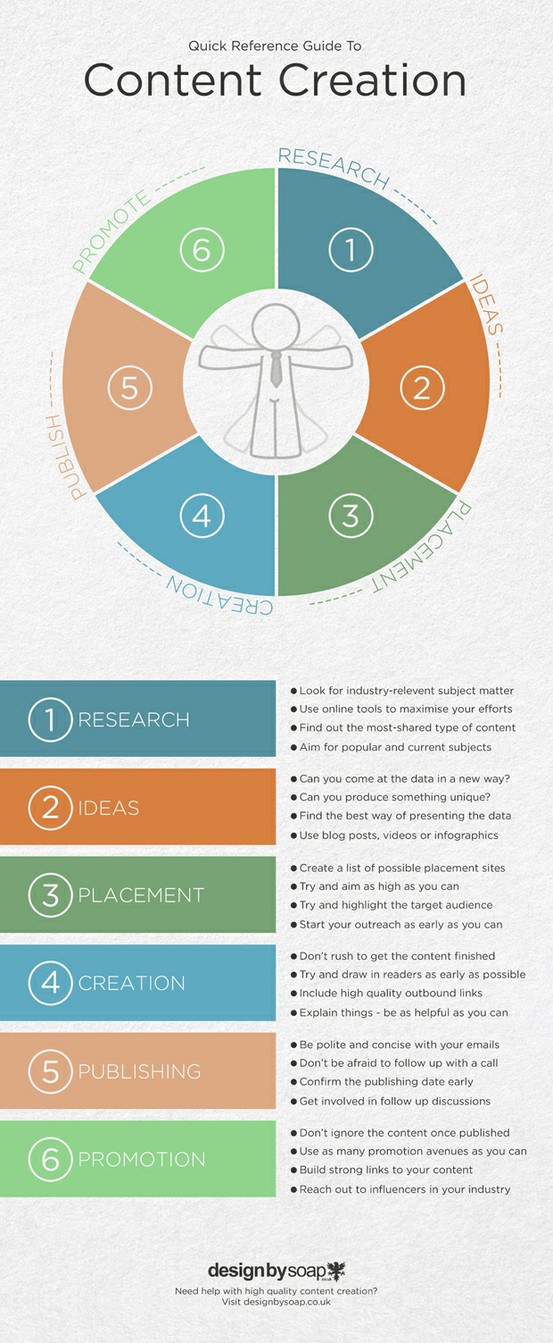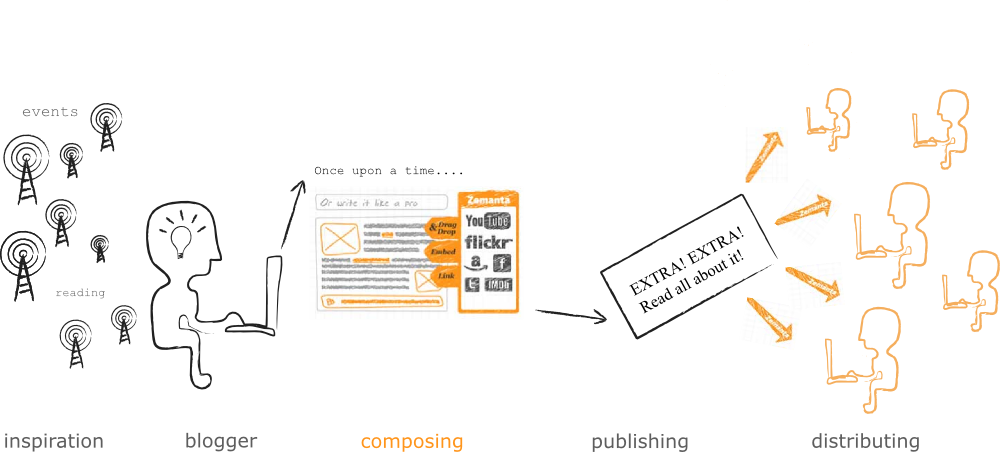 Google Webmaster Tools is a free web service that Google provides to webmasters. By using these tools, webmasters can check the indexing status of their websites and can optimize the website for better visibility. The increased visibility is limited to only Google search and not to other search engines. Many people who use Google Webmaster Tools are now aware of this fact, as this information is not highlighted clearly. Google Webmaster Tools is a very popular solution that most webmasters use to improve the Search Engine Ranking Optimization of websites. You can find more information regarding Google Webmaster Tools here, http://en.wikipedia.org/wiki/Google_Webmaster_Tools.
Google Webmaster Tools is a free web service that Google provides to webmasters. By using these tools, webmasters can check the indexing status of their websites and can optimize the website for better visibility. The increased visibility is limited to only Google search and not to other search engines. Many people who use Google Webmaster Tools are now aware of this fact, as this information is not highlighted clearly. Google Webmaster Tools is a very popular solution that most webmasters use to improve the Search Engine Ranking Optimization of websites. You can find more information regarding Google Webmaster Tools here, http://en.wikipedia.org/wiki/Google_Webmaster_Tools.
Using Google Webmaster Tools
- Only webmasters can use Google Webmaster Tools. Therefore, you will need to prove your ownership of the website before you can use the tools.
- To use Google Webmaster Tools, you will have to create your account.
- Go to the home page of Google Webmaster Tools (http://www.google.com/webmasters/tools/)
- If you have a Google Account, use it to log into the site.
- If you do not have a Google Account, you will have to sign up for an account.
- After logging into the account, you can add the website details.
- You will be provided with options to verify the ownership of the website.
- You can verify using any of the following methods
- HTML file upload method
- HTML tag method
- Domain name provider
- Google Analytics
- Google Tag Manager
- Once the website is verified, you will be able to access the Google Webmaster Tools dashboard for the website.
Advantages of Integrating Google Webmaster Tools
By integrating Google Webmaster Tools, you will be able to monitor the following by using the tool
1. Crawl errors
Google Webmaster Tools will allow you to identify errors that Google bots have encountered when trying to crawl in your website. This will allow you to review these errors and rectify them.
2. Top search queries
This function of the tool will provide you with details regarding the top search queries that have led audiences to your website. Using this tool, you can identify if the website is displayed in search results when search is done for appropriate keywords or phrases
3. Keywords
This tool will also provide you details regarding the top keywords that are associated with your website.
4. Site links
The various links that lead to your website will be displayed in this tool.
5. Sitemaps
By using Google Webmaster Tools, you can upload sitemaps for websites.
How is Google Webmaster Tools different to Google Analytics?
- Google Analytics will provide you details of total traffic to your website whereas Google Webmaster Tools will provide you with traffic details for each keyword separately.
- Google Analytics will provide you statistical data on visitors to your site whereas Google Webmaster Tools will give you information on how Google sees your site in the perception of a search engine.
It is a great combination to use Google Analytics and Google Webmaster Tools in unison as it will provide you with many statistical data that can be used to improve traffic to your website. It will also allow you to identify if your marketing campaign or SEO campaign is providing you with your desired results.
Our guest blogger: Matthew Anton is an experienced webmaster who has been using Google Webmaster Tools to analyze and rectify website data in his websites. Matthew writes regular post on http://backlinksvault.com/
 You might think that writing ad copy is simple compared to writing a blog post or a landing page for a website, but it’s not.
You might think that writing ad copy is simple compared to writing a blog post or a landing page for a website, but it’s not.
